Sigma 150-600 Contemporary vs Sports: let us explain the differences
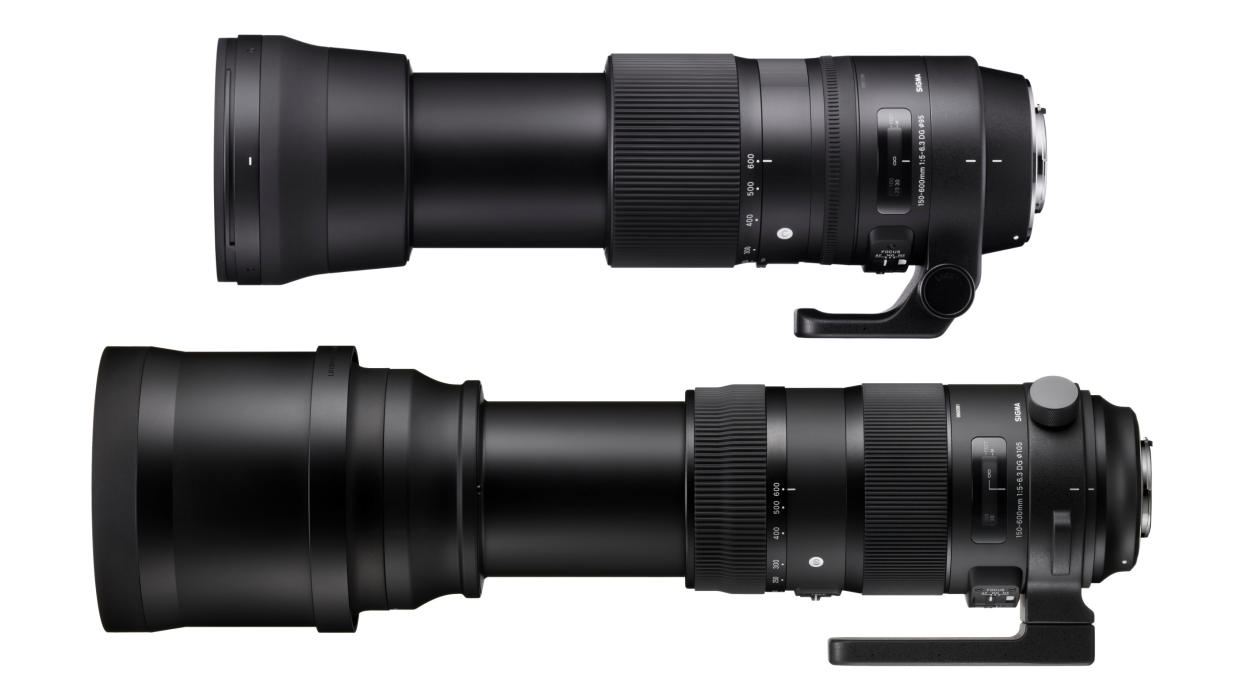
The Sigma 150-600mm f/5-6.3 DG OS HSM Sport and the Sigma 150-600mm f/5-6.3 DG OS HSM Contemporary sound and seem remarkably similar - so choosing which is best is not obvious. Both of these Sigma lenses have an identical zoom range with powerful super-telephoto reach for full-frame cameras. Mount them on an APS-C format body and you get an even bigger stretch, equating to 225-900mm (240-960mm for Canon cameras).
Either way, both lenses are ideal for really covering the distance, when you can’t get as physically close to your subject matter as you’d like to. That pays dividends for everything from track and field events, through motor sports, to wildlife and bird photography, and air shows.
The big question is, which of these lenses will suit you best? There’s no easy answer to that. They’re very similar lenses in some ways, but very different in others – and there is a significant difference in price. We’re here to help you make the right choice.
Mount options
Sigma 150-600mm f/5-6.3 DG OS HSM |C: Canon EF, Nikon F & Sigma SA
Sigma 150-600mm f/5-6.3 DG OS HSM | S: Canon EF, Nikon F & Sigma SA
Both lenses are available in Canon EF, Nikon F and Sigma SA mount options. The first two naturally suit either Canon or Nikon DSLRs and are fully compatible with both full-frame and APS-C variants of the breeds. They’re also compatible with Canon EOS R and Nikon Z mirrorless cameras, via each brand’s respective mount adapters.
The Sigma mount edition of the lens is for cameras that use company’s proprietary ‘SA’ mount, which uses the same electronic connections as the Canon EF mount but is mechanically different. It’s interesting to note that Sigma has now switched to the Leica L mount for its latest mirrorless cameras.
The Japanese company has more recently launched a Sigma 150-600mm F5-6.3 DG DN OS Sports lens, the ‘DN’ suffix denoting that it’s designed specifically for mirrorless cameras. This one is available in Leica L mount and Sony E mount options. However, it was redesigned from the ground up and is a very different lens to the original ‘DG’ Sports edition.
Build quality
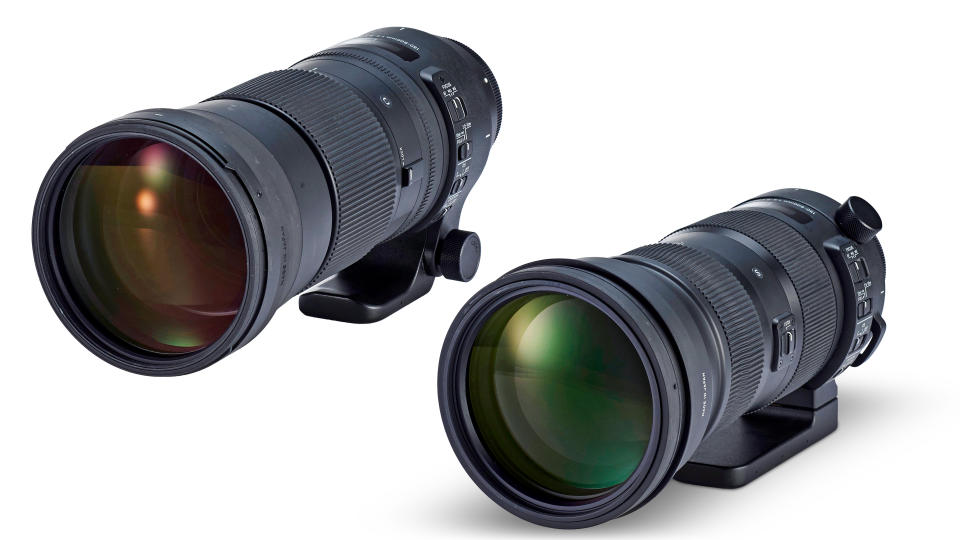
Sigma divides its Global Vision lenses into three separate categories. Contemporary lenses aim to keep the size and weight down to easily manageable levels, Art lenses go all out for maximizing freedom of creative expression, whereas Sports lenses (as their name suggests) emphasize speedy performance. When it comes to build quality, Contemporary lenses tend to have a more consumer or prosumer feel to them, where as Art and Sports lenses have a more pro-grade construction.
Both of the Contemporary and Sports editions of the 150-600mm lens are very well built. Similarities include a weather-sealed brass mounting plate and extensive use of Sigma’s Thermally Stable Composite. This is a hard-wearing polymer that exhibits very little heat expansion. They also both feature fluorine coatings on the front and rear elements, which helps to repel moisture and oil, so they’re resistant to greasy fingermarks and easier to clean.
Befitting its Sports marque, the up-market lens is more comprehensively weather-sealed, with gaskets around all of its joints and switches. That can be an important consideration for action, wildlife and sports photographers, who need to shoot whatever the weather. It’s not really practical to use a rain cover with these lenses, as they both physically extend by a large amount as you zoom from the shortest to the longest zoom setting.
The optical path of the Sports lens is rather more complex than in the Contemporary edition, featuring 24 elements rather than 20. Both lenses feature three SLD (Special Low Dispersion) elements. The Contemporary lens boasts one top-grade FLD (‘Fluorite’ Low Dispersion) element but the Sports lens doubles up with two of these high-performance elements.
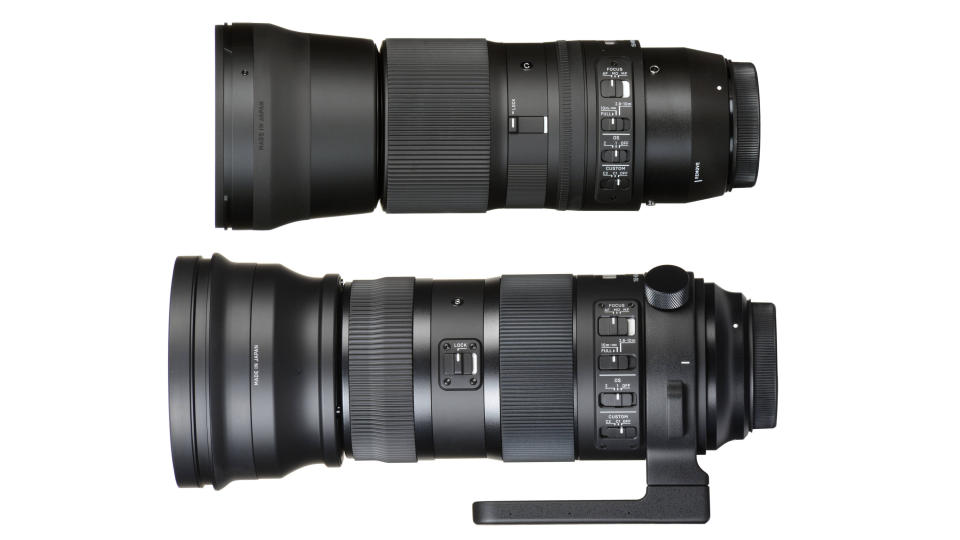
Size and weight
Sigma 150-600mm f/5-6.3 DG OS HSM |C: 1,930g
Sigma 150-600mm f/5-6.3 DG OS HSM | S: 2,860g
The standout differences between the 150-600mm Contemporary and Sports lenses are size and weight. It’s immediately obvious when you clap eyes on them, even more so when you pick them up. The Contemporary lens measures 105x260mm at its shortest zoom setting, and has a filter attachment thread of 95mm. For the Sports lens, it’s 121x290mm which is a noticeable increase, and it takes outsized 105mm filters.
The contemporary lens is certainly no lightweight but it’s reasonably manageable for handheld shooting, tipping the scales at 1,930g. Indeed, the tripod/monopod mounting ring is completely removable, and the lens comes complete with a rubber shroud that you can slip on in place of the ring. The Sports lens is nearly a whole kilogram heavier, at 2,860g. That’s an increase of nearly 50 per cent. You can soon start to feel the strain in prolonged periods of handheld shooting.
Both lenses come with tripod collars that feature magnesium alloy mounting feet. However, while the complete ring is removable with the Contemporary lens, the more heavy-duty assembly for the Sports lens only enables you to remove the mounting foot. The ring and its stub are therefore permanently attached to the lens. Along with the extra size of the Sports lens, this requires more stowage space.
Handling
The bigger, heavier nature of the Sports lens naturally affects handling. Extended periods of handheld shooting can feel more like a workout at the gym, whereas the Contemporary lens feels much more manageable.
In other ways, handling is extremely similar for both lenses. The zoom and focus rings work with similar smoothness and have an equally high-precision feel. They also feature an identical set of operating switches. These kick off with a three-pole focus mode switch. As well as regular autofocus and manual focus modes, there’s a ‘Manual Override’ setting. This additional autofocus mode gives priority to manual override. If autofocus is struggling to lock onto a subject, you can simply twist the focus ring to switch to manual focusing, as well as being able to override autofocus in continuous or ‘servo’ AF mode.
Next up is an autofocus range limiter switch which can lock out either the short or long end of the range, as well as enabling the full range of travel. There’s also a three-pole Optical Stabilizer switch, which gives access static and panning modes as well as switching off the stabilizer altogether. In panning mode, stabilization works in horizontal, vertical and even diagonal orientation.
Both lenses also feature a Custom switch, with two optional custom modes up for grabs. To set them up, you’ll need to use Sigma’s optional USB Dock, which enables you to alter parameters like the speed of autofocus, how much of the stabilization effect is viewable in the viewfinder and the cut-off point of the autofocus range limiter. You can also use the USB Dock to fine-tune autofocus accuracy for individual camera bodies and to apply firmware updates.
Another handling characteristic common to both lenses is that the zoom lock switch can be engaged at any focal length, instead of just at the shortest zoom setting.
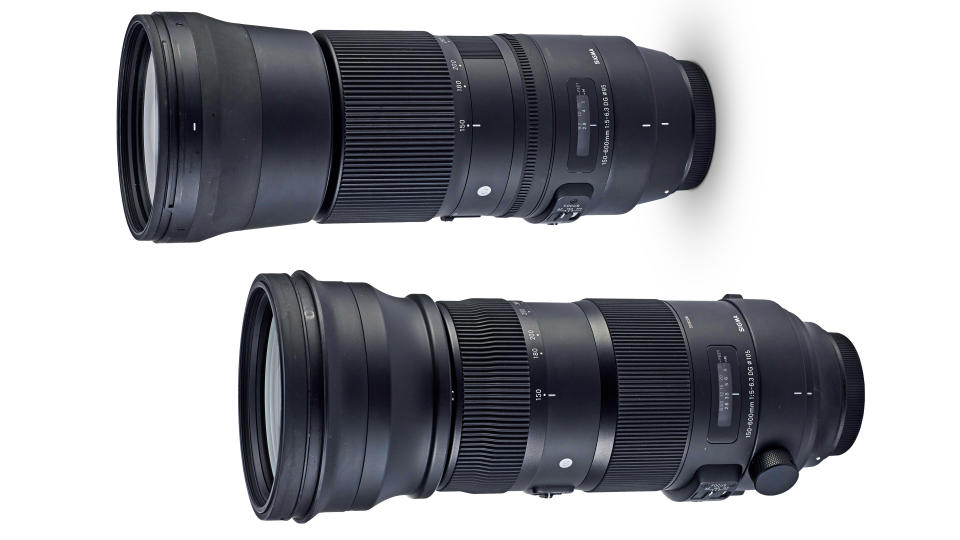
Performance
In our lab tests and real-world testing, we found precious little to choose in image quality between the Contemporary and Sports lenses, at least in the shorter half of the zoom range. Both lenses deliver very good sharpness across most of the frame, even shooting wide-open at the largest available apertures. Sharpness from the Contemporary lens at shorter focal lengths actually holds up very slightly better towards the extreme edges and corners of the frame. It’s a game of two halves though, as the Sports lens eases ahead for center-sharpness in the 400-600mm sector of the zoom range, which is probably right where you want the best performance. Even here though, the Contemporary lens level-pegs the Sports for edge/corner-sharpness, while center-sharpness remains pretty good most of the way, only really dropping off at towards the longest 600mm setting.
In the 150-400mm sector of the zoom range, the Contemporary lens exhibits a little more color fringing towards the edges and corners of the image frame. Even so, it’s of a fairly insignificant amount, and automatic correction is available for both lenses in recent and current Canon and Nikon cameras. The Contemporary lens also gives a little more pincushion distortion than the Sports lens at all zoom settings but, again, automatic in-camera correction is available and it's easy to correct at the editing stage, if you feel it’s necessary.
We found that autofocus speed and accuracy to be similarly impressive in both lenses. The effectiveness of optical stabilization is also virtually the same, equating to about 4-stops.
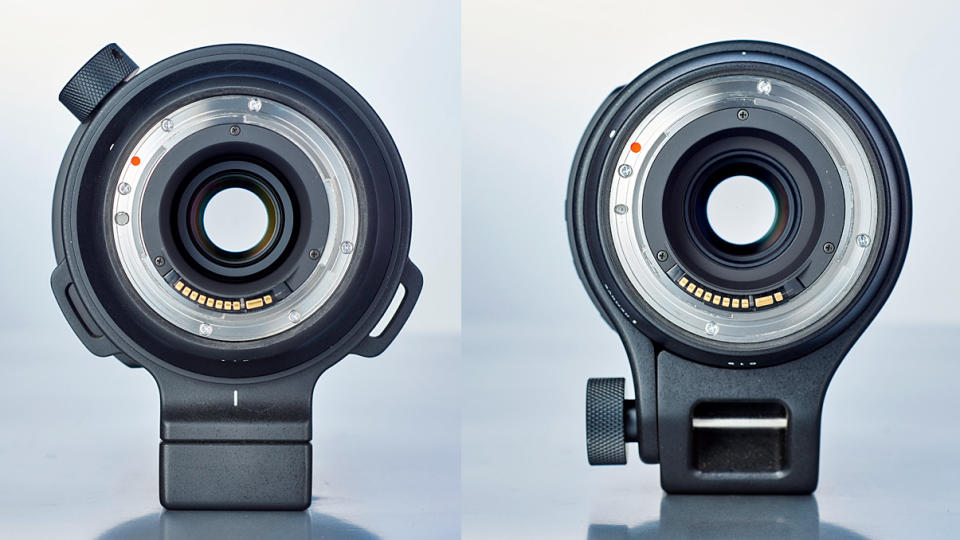
Verdict
At the end of the day, the Sigma 150-600mm Sports lens is bigger, nearly a kilogram heavier and about 50 per cent more expensive to buy. The key consideration is whether or not the extra size, weight and money pays off in terms of build quality, handling and performance. The Contemporary lens feels robust but the Sports lens feels even more solid and features a more comprehensive set of weather-seals, which will suit you if you’re not a fair-weather photographer.
For handheld shooting, the Contemporary lens is a much more comfortable proposition. But if you’re used to shooting with a tripod or monopod when you use long telephoto lenses, the weight gain of the Sports lens will be less of an issue.
Size and weight aside, both lenses have very similar handling characteristics and the same wide-ranging options for optical stabilization, autofocus modes and custom settings. The only really noticeable performance boost is that the Sports lens delivers greater sharpness in the central area of the image frame at long zoom settings between 400-600mm, whereas the Contemporary lens drops off a bit. If you want the sharpest tool in the box, that might clinch the deal. If you’re happy to accept good rather than entirely great long-end sharpness, the Contemporary lens is easier to live with and better value for money.
Full Sigma 150-600mm f/5-6.3 DG OS HSM | S review

